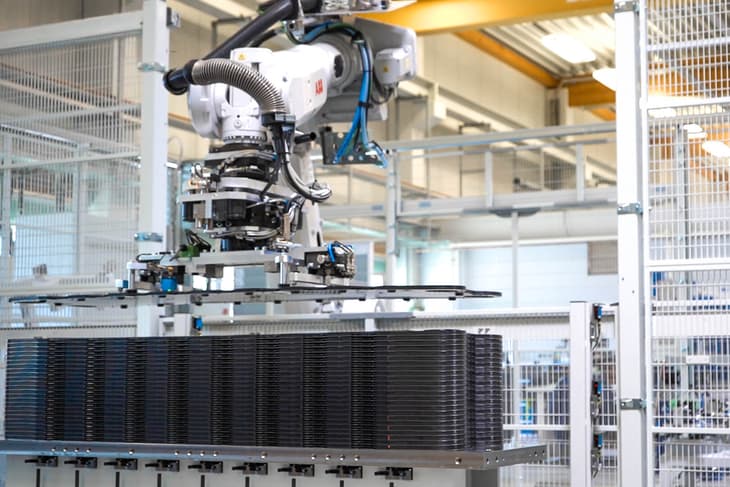One of the most significant challenges that we face in the world is to decarbonise the economy. If we are to meet the target agreed upon in the Paris Agreement, renewable energy will play an increasingly important role worldwide. It is at the heart of a sustainable, decarbonised energy future. Over the coming years its share in global power generation will continue to grow but integrating these intermittent energy sources in existing grids and industrial processes is a challenge.
The solution to that conundrum comes in the form of hydrogen, one of the most common elements in the universe. Almost all of our chemical fuels are based on hydrogen, although in a bound form as hydrocarbons or other hydrogen compounds. To limit climate change caused by the global increase in CO2 emissions, solutions must be found for generating carbon neutral and, therefore, sustainable fuels. This requires, among other things, that hydrogen is produced using renewable energy sources.
Hydrogen, not just a fuel of the future
... to continue reading you must be subscribed





